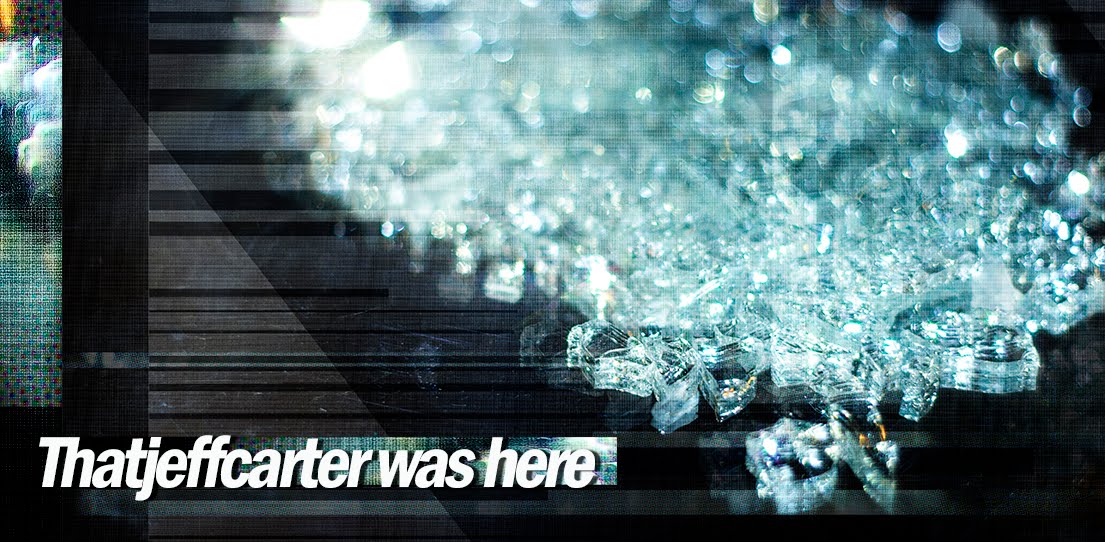Reading Laurence
Gardner’s book Bloodline of the Holy Grail:
The Hidden Lineage of Jesus Revealed[i]
is a bit like watching David Lynch’s 2001 film Mulholland Drive. The first
half of Lynch’s film proceeds normally enough (well… as normal as any Lynch
film can be, I guess) as a sort of mystery film, but part way through
everything shifts. All the actors are
the same, but without warning or explanation they’re playing different
characters in a different story. The
same is true for Gardner’s interpretation of the NT, all the recognizable
characters are there, but now they’re somebody else (or in some cases, several somebody
elses).
Joseph of Arimathea is
now understood to be James, Jesus’ brother.
Lazarus is the magician Simon Zelotes, who is also the angel in Matthew 28:3.
Judas Iscariot is the Chief Scribe at Qumran and also known (symbolically) as Demon Priest Number Seven.
Mary Magdalene is the resurrected daughter of Jairus (but this is to be understood symbolically, of course…)
And it’s not just people that are transposed without warning, places too have been switched. Jesus wasn’t crucified in Jerusalem – but rather at Qumran (nearly everything happens at, and everyone is from Qumran for Gardner) and the Mount of Olives wasn’t the olive grove just outside the city of Jerusalem, but rather a old monastery building at, you guessed it, Qumran.
Lazarus is the magician Simon Zelotes, who is also the angel in Matthew 28:3.
Judas Iscariot is the Chief Scribe at Qumran and also known (symbolically) as Demon Priest Number Seven.
Mary Magdalene is the resurrected daughter of Jairus (but this is to be understood symbolically, of course…)
And it’s not just people that are transposed without warning, places too have been switched. Jesus wasn’t crucified in Jerusalem – but rather at Qumran (nearly everything happens at, and everyone is from Qumran for Gardner) and the Mount of Olives wasn’t the olive grove just outside the city of Jerusalem, but rather a old monastery building at, you guessed it, Qumran.
All of this is done to
tell the story of Jesus as a secret descendant of King David, in line to inherit
the throne of Israel, working with his associates from the Essenes at Qumran to
legitimize his rule, but who is thwarted by the Romans and who sends his wife
(Mary Magdalene) and his two sons into hiding in France. It’s the same kind of
story told by Michael Baigent and Richard Leigh, and picked up by others like
Dan Brown.
Gardner feels free to make this Lynchian transposition of characters based on his understanding of the way the Essenes made use of Jewish Scriptures in application to their contemporary situation. “The technique applied to link Old Testament writings…with the New Testament era was based on the use of ‘eschatological knowledge’ – a form of coded representation that used traditional words and passages to which were attributed special meanings relevant to contemporary understanding. These meanings were designed to be understood only by those who knew the code.” [ii]
So Gardner is ‘de-coding’
the NT for us – telling us the ‘real’ story behind the story – never mind the
fact that this new story makes no sense.
Why, for example, would the entire Jewish Sanhedrin, the high priests,
as well as Pontius Pilate, his wife and Herod Antipas all be at Qumran for the
Passover celebration?
I will admit. I like these kinds of things - both David
Lynch films and the crack-pot-tin-foil-hat theology books. And they should probably be treated in the
same manner: as curious, enigmatic entertainments, but not much more.




No comments:
Post a Comment